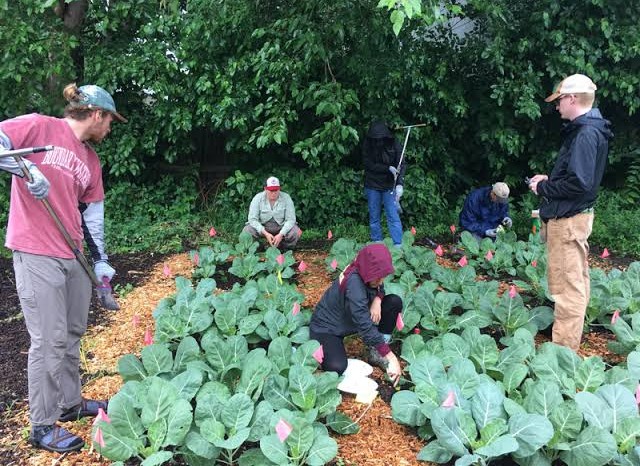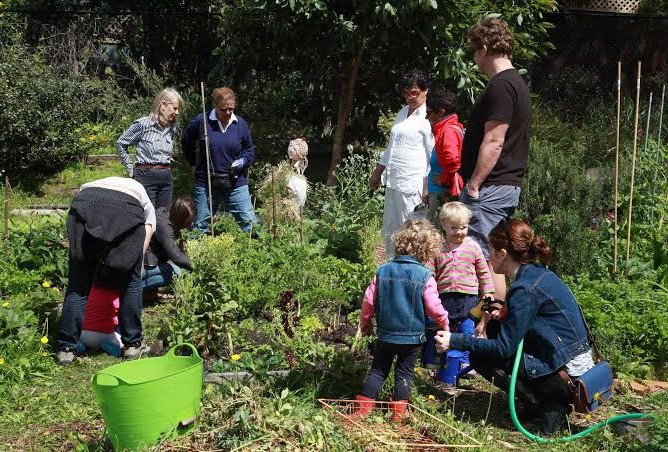the most severe increase in global food insecurity as a result of the COVID-19 pandemic, impacting vulnerable households almost everywhere.
Current estimates show that nearly 690 million people are going hungry – up by 10 million people in just one year and by nearly 60 million in five years. So, what is the problem? How can it be in future and people are still going hungry? The problem is not that we aren’t producing enough food, but rather that people lack access to food. Many people do not have enough money to purchase food and cannot grow their own.
According to the World Food Programme (WFP), countries with the highest level of food insecurity also have the highest outward migration of refugees. And this problem is twofold: While overall hunger has steadily decreased over the past decade, there has been an increase in the number of refugees. Refugees typically suffer the most from food insecurity.
Even though approximately 11% of the world is undernourished, about 30% of the adult population are overweight. No country in the world had seen any kind of decrease in obesity rate. In fact, it’s rising among both children and adults. While it is tempting to think of obesity as a form of “over-nutrition”, it is actually another kind of malnutrition. People consume pre-packed food that is low in nutrients, and high in carbs and preservatives. As a result, they increase their risk of obesity. Another surprising fact about obesity is that, while you might expect it to only occur among higher-income groups, it actually affects people at every income level.
Nutritious food is often more expensive and, in some areas, access to healthy foods is restricted or even non-existent. When food prices rise, lower-income communities have no choice but to choose prepackaged, high-carb and high-sugar options. Go test this out for yourself. Visit your local supermarket and compare the price of a punnet of strawberries to a candy bar. Which is cheaper? If you didn’t have much money, which would you choose?
The UN is working to reduce the number of hungry people to zero by 2030. This is represented by UN SDG Goal 2: Zero Hunger. In Fiji, one of the countries with the highest levels of obesity, Organizations have been working to support local communities with setting up their own vegetable gardens. Nutrition and cooking workshops are also held. run regular healthy eating workshops in Fiji. In one of these workshops, women from the local community demonstrate how to cook a nutritious meal to encourage the community to eat healthy, nutrient-rich meals. These training opportunities enable individuals to make sustainable lifestyle changes in the community. The garden means that the community is less dependent on the ups and downs of the international market and the low production of in-country farmers.
Community vegetable gardens can provide the choice of a nutritious, natural treat over a prepackaged sugary treat. There are community development projects around the world, in Thailand, India, Nepal, Mexico, Costa Rica, and South Africa, also feature many community garden projects similar to those run in Fiji.
Now it is suggested to create more community gardens wherever possible for the growing of necessary fruits, vegetables, greens and herbs to cater the needs of self as well as surrounding people. It would give more happiness, physical and mental exercises to maintain the body fit and more interestingly bonding of surrounding people together naturally.







